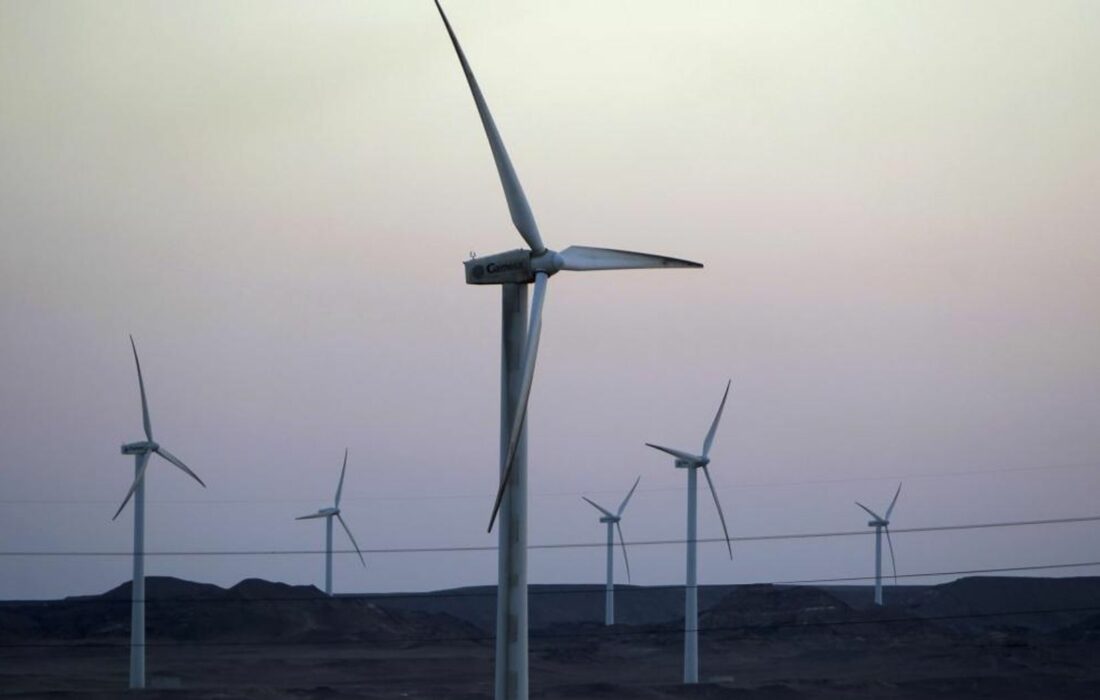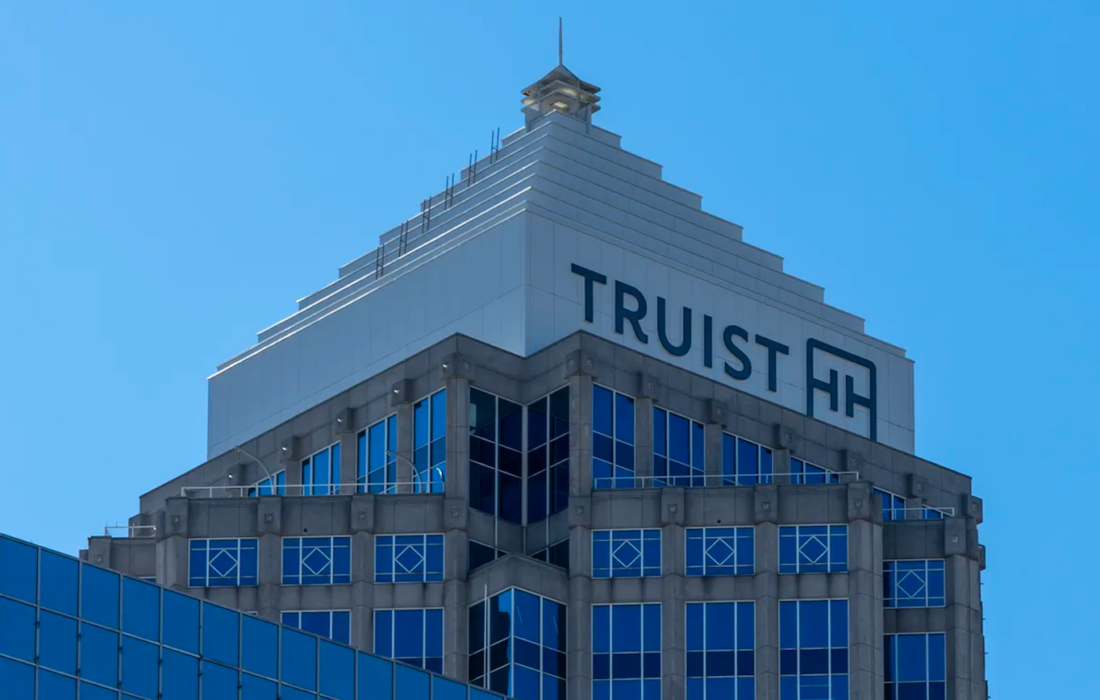Silicon Valley Bank (SVB) was closed by California regulators on Friday, March 10th 2023, and its approximately $200 billion assets put under control of the Federal Deposit Insurance Corporation, following a bank run that sent the company’s stocks plummeting.
The panic started with SVB’s announcement on Wednesday that it had lost $1.8 billion in the sale of US treasuries and mortgage-backed securities, owing to rising interest rates. In a failed attempt to clear the air, the bank soon after issued a statement that it was raising more capital and investing in higher-yield products to counter these losses. Further panic ensued, leading to a bank run that saw the share price drop to more than 60% on Thursday, as VCs rushed to advise their founders to pull their money out of the bank. By Friday, all hope was lost.
The FDIC has assured customers that they will have full access to insured deposits by Monday morning, March 13, 2023, and that official checks “will continue to clear.” Uninsured depositors will get paid an advanced dividend within the next week, and future dividends could be made as FDIC sells assets of SVB. Deposit insurance means that deposits are insured up to at least $250,000 per depositor, per FDIC-insured bank, per ownership category.
Who is Silicon Valley Bank?
Silicon Valley Bank’s history dates back to 1983, when it was founded by a group of individuals who saw a need to provide banking services to the then emerging technology industry in Silicon Valley. Over the decades, it has grown to become the startup ecosystem’s darling bank and a key player in the innovation economy.
The bank’s initial strategy was dependent on collecting deposits from venture-backed businesses. However, it quickly expanded into providing financial services to venture capitalists themselves, while also adding services that allowed them to remain of value to their clients as they matured past their startup phase. Its willingness to lend capital to venture-stage startups that were not yet profitable allowed it to gain widespread popularity, becoming almost a de facto standard for startups in the valley.
Prior to its collapse, SVB was considered the 16th largest bank in the US, with the company claiming that nearly half of all US venture-backed startups depend on it for various services. In 2022, SVB reportedly banked 44% of venture-backed tech and healthcare IPOs in the country.
How will SVB’s collapse impact the startup ecosystem?
SVB’s closure is likely to have a significant impact on the startup ecosystem, as it doesn’t only bank startups, but rather leads different divisions and offers a variety of services that are intertwined with the startup world.
The most obvious and immediate impact will be difficulty in accessing capital which, for some startups, could result in a failure to meet financial obligations such as payroll due next week. According to regulatory filings, over 85% of the bank’s deposits were uninsured, as the Federal Deposit Insurance Corporation (FDIC) coverage is limited to $250,000 for individual accounts. This means that many startups that deposited millions or even hundreds of millions of dollars at SVB are unable to access the majority of their funds, with no clarity as to when or whether they would be able to in the future. It’s important to note that many startups don’t generate revenue
Speaking to our network at WAYA, we were able to confirm at least 10 startups and one regional venture capital firm who have been impacted by the meltdown, although it’s unclear to what extent.
On a grander scale, the loss of capital could set startups back for years to come. The collapse has led to concerns among VCs who use Silicon Valley Bank was closed by California regulators on Friday, March 10th 2023 at X PST, and its approximately $200 billion assets put under control of the Federal Deposit Insurance Corporation, following a bank run that sent the company’s stocks plummeting. as their primary bank, as it could limit their ability to fundraise, manage capital calls, and conduct other financial transactions.While SVB has gained a reputation as a bank for startups, 56% of its loans by the end of 2022 were in fact made out to VC and private equity firms, secured by their limited partner commitments.
The collapse could also have long lasting effects on how money flows in Silicon Valley, with some founders expressing concern over a loss of confidence in smaller institutions that could result in more money being aggregated in the hands of larger players.
The current economic climate has already been challenging for the tech sector, with job cuts and plummeting stock prices. The failure of SVB could compound these issues and pose a threat to the wider economy. Some industry insiders have compared the situation to the Lehman Brothers collapse in 2008, a moment that rocked the financial industry. Y Combinator CEO, Garry Tan, was quoted saying that this could set startups and innovation back by 10 years.
It remains to be seen what will happen next. Hedge funds and banks are offering to buy deposits held by startups at SVB at discounts ranging from 60 cents to 80 cents on the dollar, according to some reports. Elon Musk has already made headlines for expressing openness to swooping in and potentially buying out the bank. The FDIC is expected to sell SVB’s assets, and it is unclear what impact this will have on the bank’s customers and the innovation economy as a whole. For now, the focus is on ensuring that SVB’s customers have access to their deposits and that the bank’s operations resume as soon as possible.
If you see something out of place or would like to contribute to this story, check out our Ethics and Policy section.










